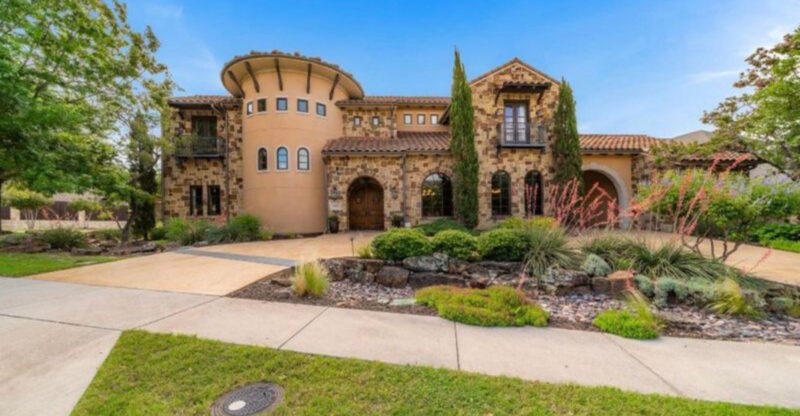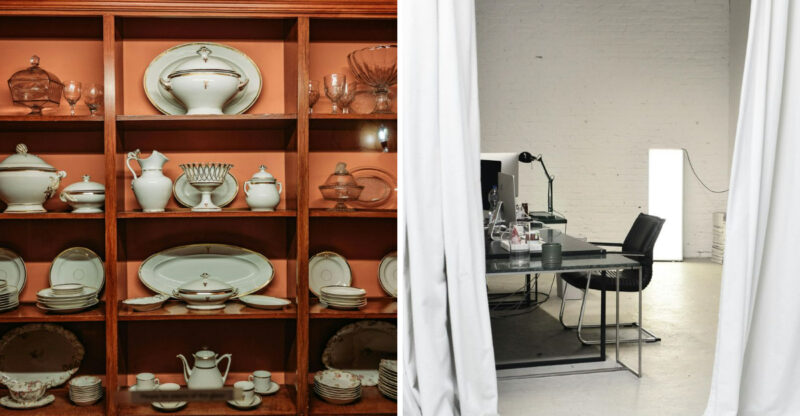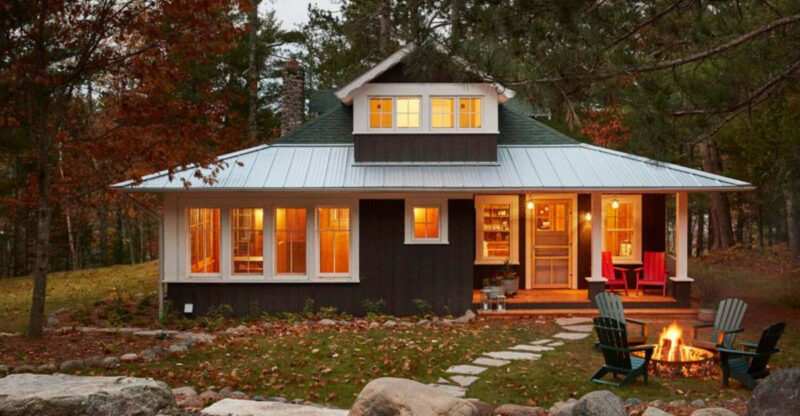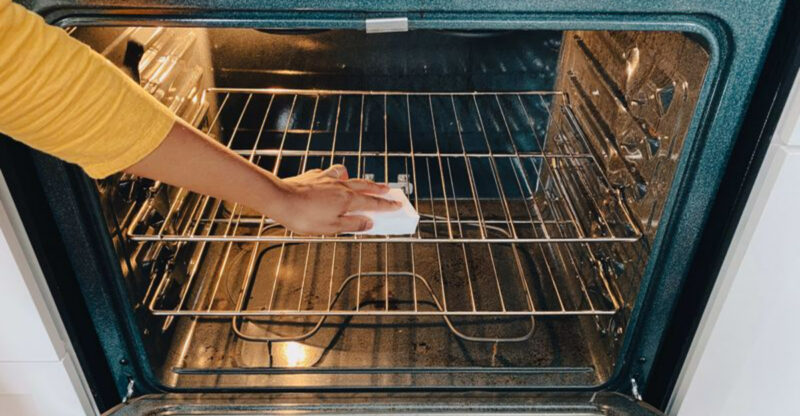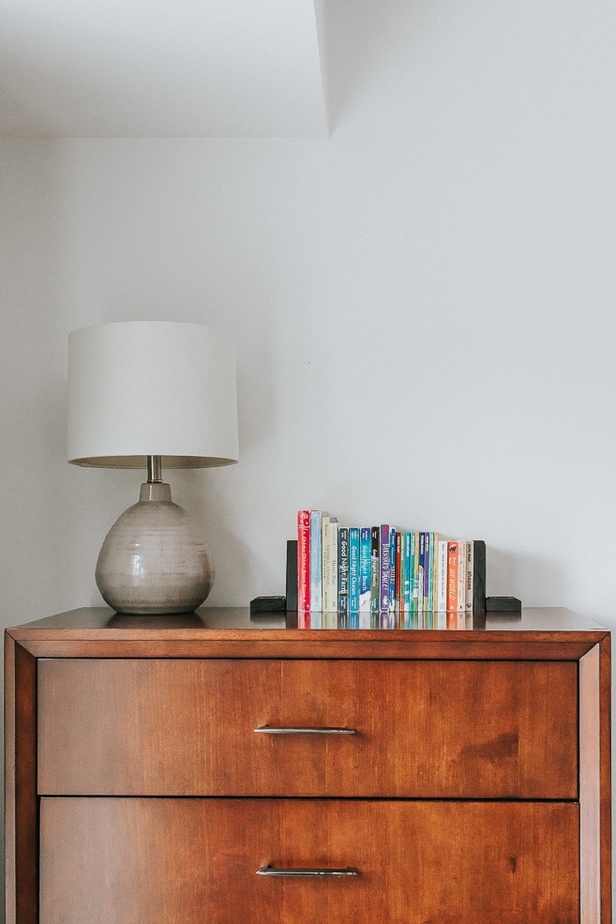22 Costly Home Renovations That You Should Avoid
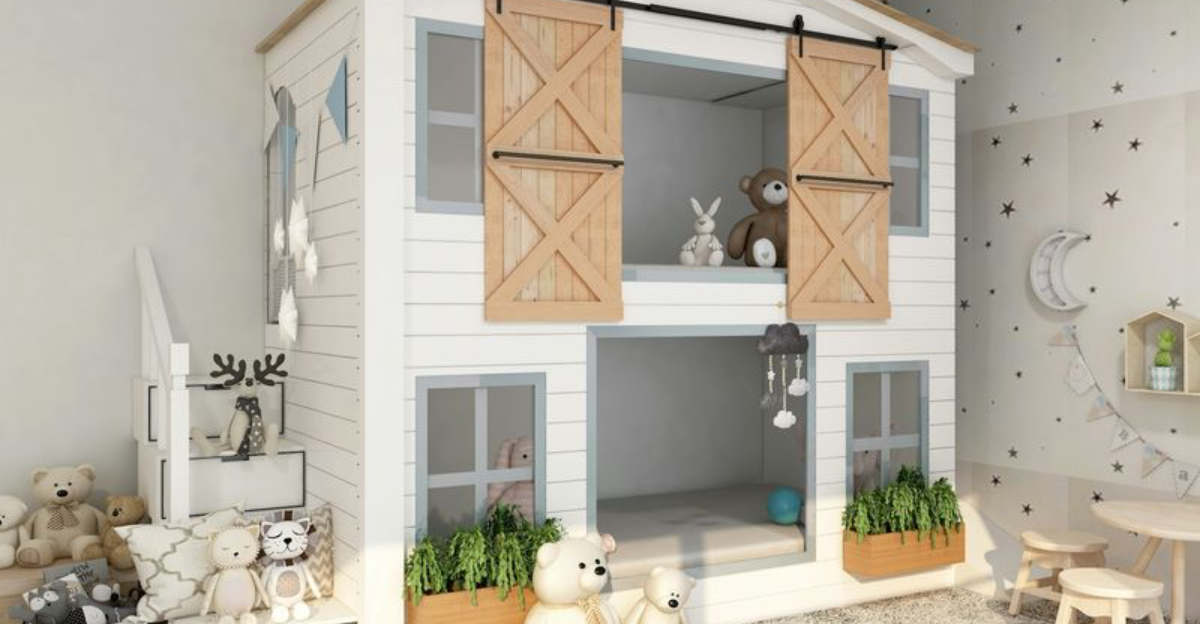
Home renovations can transform your living space, but not all upgrades are created equal.
As a designer who’s seen countless renovation disasters, I’m here to save you from pouring money down the drain, because nobody wants a bathroom that’s more “oh no” than “oh wow.”
Before you knock down that wall or install that luxury bathtub, let’s talk about which projects might leave your wallet empty without adding real value to your home.
1. Luxury Swimming Pools That Drain Your Budget
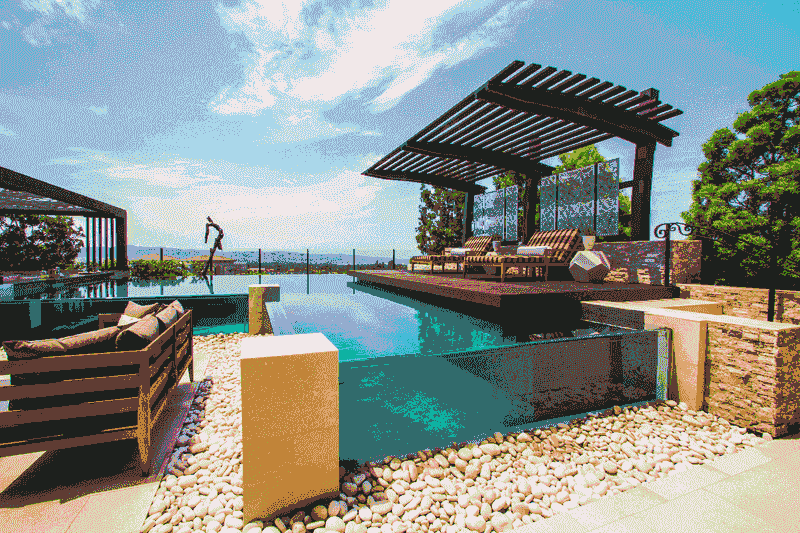
Swimming pools cost a fortune to install and maintain. Most homeowners don’t realize they’re signing up for thousands in yearly upkeep, chemicals, and heating costs.
Insurance rates typically skyrocket too, not to mention the limited seasonal use in many climates. Potential buyers often see pools as maintenance nightmares rather than luxuries.
Consider a hot tub instead. You’ll get similar relaxation benefits at a fraction of the cost and commitment.
2. Over-The-Top Kitchen Customizations
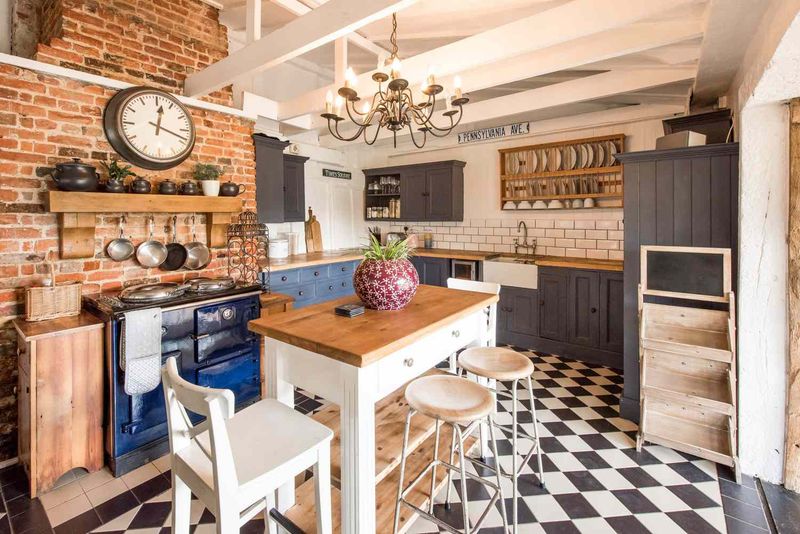
Ultra-customized kitchens might satisfy your personal cooking quirks but will terrify future buyers. Bizarre layouts, built-in specialty appliances, and strange storage solutions scream ‘expensive to change.’
I remember when my client installed a wood-fired pizza oven that took up half the kitchen. The next owners immediately tore it out at great expense.
Stick with classic layouts and high-quality basics that appeal to the masses.
3. Removing All Bathtubs
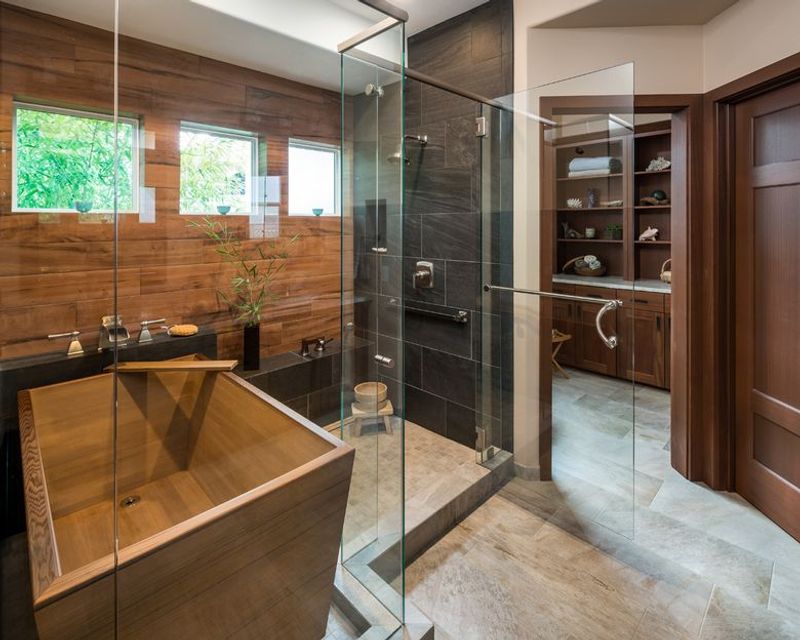
Though walk-in showers are trendy, eliminating every bathtub from your home is a rookie mistake. Families with children and many adults still prefer the option of a relaxing soak.
Without at least one tub, you’re potentially eliminating a significant portion of future buyers. The real estate agents I work with consistently report that homes without any bathtubs sit on the market longer.
My advice is to keep at least one tub in your home, preferably in the main bathroom.
4. Wall-To-Wall Carpeting Throughout
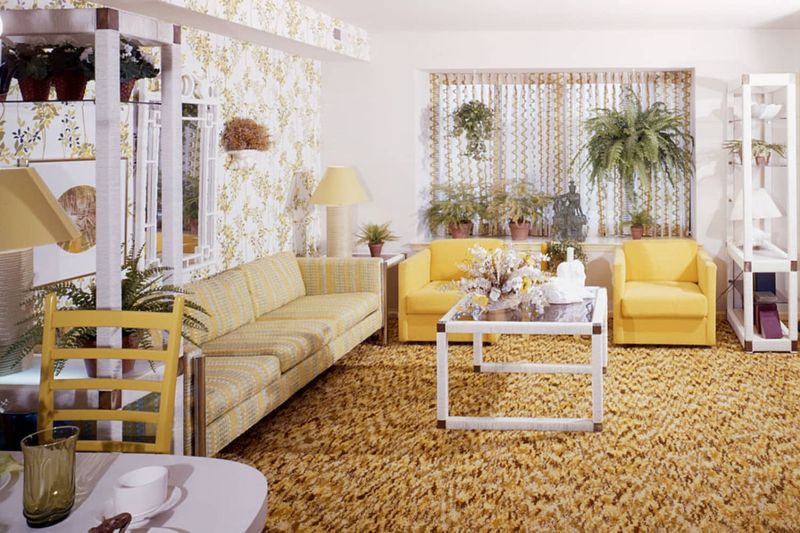
Wall-to-wall carpeting throughout your home might feel cozy underfoot, but it’s a cleaning nightmare and allergen trap. Modern buyers generally view extensive carpeting as something they’ll need to replace immediately.
Hardwood, luxury vinyl, or tile in main living areas with strategic area rugs offers more versatility and appeal. Plus, these options are easier to clean and maintain over time.
Save carpeting for bedrooms where its warmth and sound-dampening qualities make more sense.
5. Converting Garages Into Living Spaces
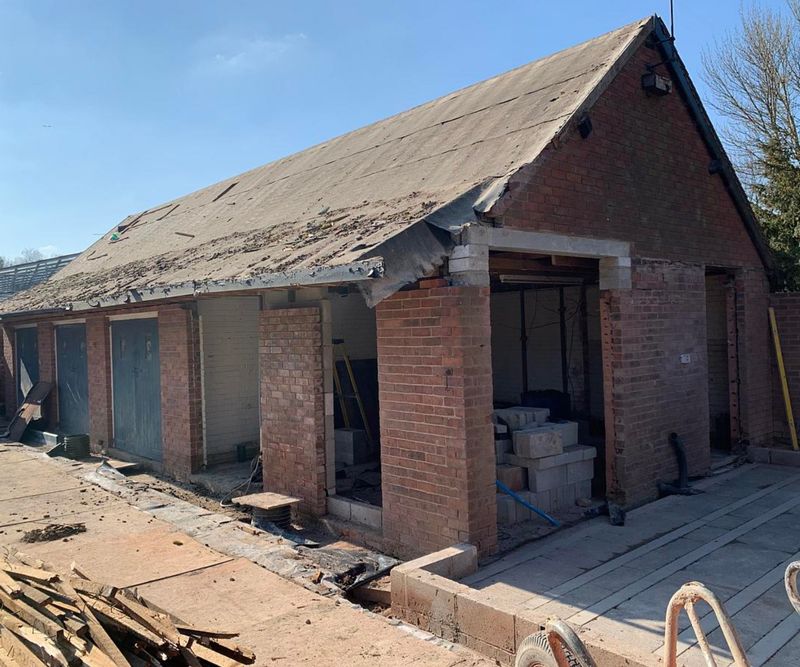
Though that bonus room sounds tempting, converting your garage eliminates valuable storage and parking that future buyers expect. In most markets, a proper garage adds significant value to your property.
Garage conversions often look awkward from the street too, with driveway leading to what’s obviously a former garage. Unless you live in a dense urban area where indoor parking isn’t expected, keep your garage a garage.
Consider finishing your basement or attic instead for additional living space.
6. Elaborate Home Theaters
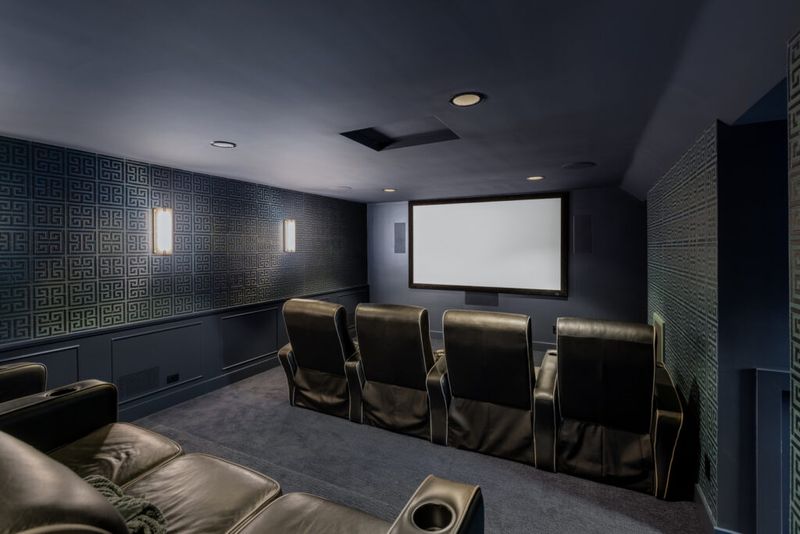
Built-in home theaters with stadium seating and permanent equipment quickly become outdated money pits. Technology evolves rapidly, making those expensive built-in systems obsolete within years.
Moreover, dedicated single-purpose rooms limit flexibility for future homeowners. Today’s buyers prefer multipurpose spaces that can adapt to changing needs rather than rooms with fixed functions.
Opt for quality portable equipment and comfortable, movable furniture in a flexible space instead.
7. Sunrooms That Aren’t Climate-Controlled
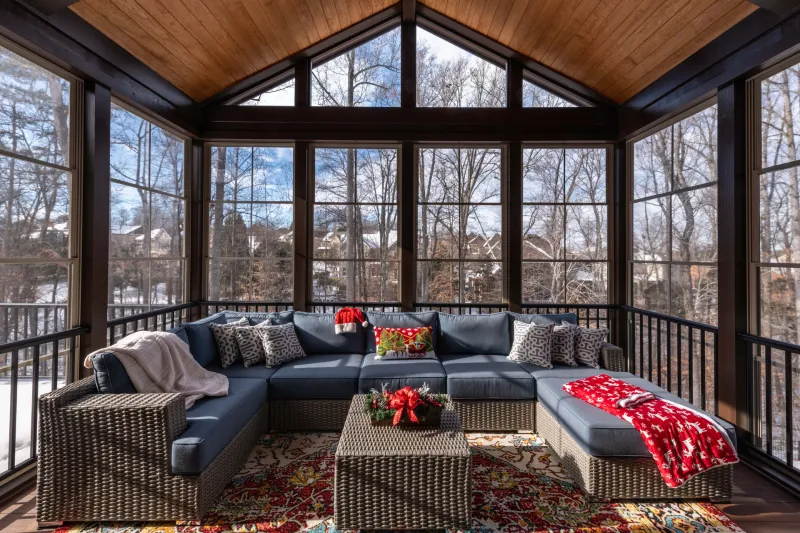
Poorly insulated sunrooms become unusable greenhouses in summer and freezers in winter. Without proper climate control, these expensive additions often sit empty most of the year.
Many homeowners underestimate the cost of properly regulating temperature in rooms with so much glass exposure. When clients ask about sunrooms, I always warn them about the energy inefficiency factor.
If you’re set on a sunroom, invest in high-efficiency windows and proper HVAC extensions. Or, consider a covered deck instead.
8. Removing Too Many Walls
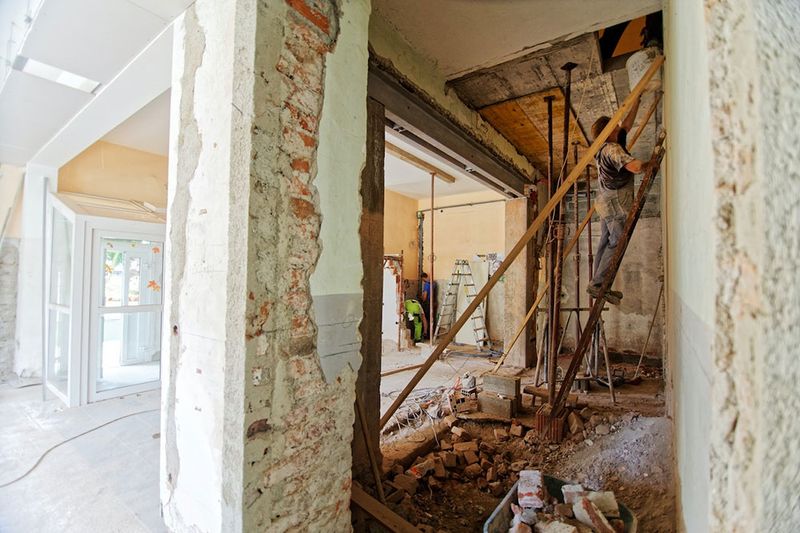
Thinking about swinging that sledgehammer for an open-concept makeover? Hold up, are you ready to hear your fridge humming from the bedroom?
The open-concept trend has led many homeowners to remove load-bearing walls without thinking about structure, or the fact that privacy and peace might go with them. Once those walls come down, putting them back costs more than your sanity during demo.
Consider partial walls, glass dividers, or clever cutouts that keep the flow going without turning your whole house into an echo chamber.
9. Highly Trendy Bathroom Fixtures
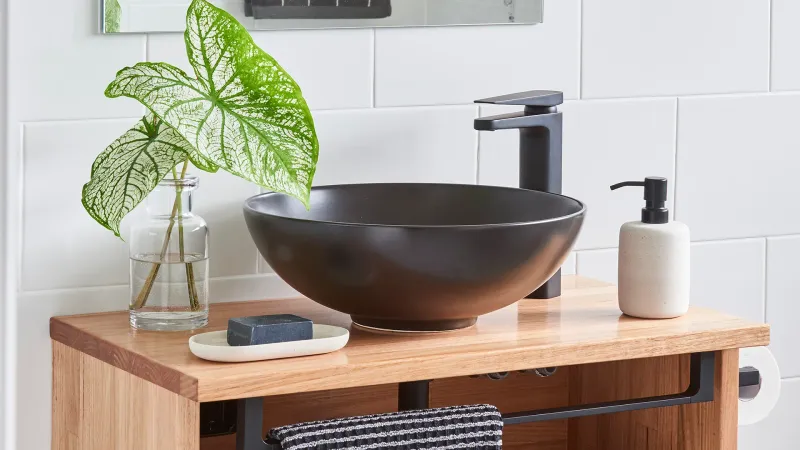
Those vessel sinks and waterfall faucets might look stunning on Instagram, but ultra-trendy bathroom fixtures date quickly and can be maintenance headaches. Vessel sinks, for instance, create cleaning challenges around their bases and are prone to chips.
Unusual fixtures often require specialized replacement parts when they inevitably break. I’ve seen clients struggle to find parts for discontinued designer faucets just a few years after installation.
Better safe than sorry, stick with classic, high-quality fixtures that won’t scream “2024 clearance aisle” by next season.
10. DIY Electrical Work

Amateur electrical work is dangerous and potentially illegal in many jurisdictions. Beyond the immediate safety risks, improper wiring becomes a major red flag during home inspections when you eventually sell.
Fixing DIY electrical mistakes typically costs far more than hiring a professional from the start. One client tried saving money by wiring their basement themselves, only to pay triple to have it completely redone to meet code.
For your safety, and your wallet’s, always hire licensed electricians for anything beyond swapping out a light fixture. It’s not worth the sparks!
11. Textured Popcorn Ceilings
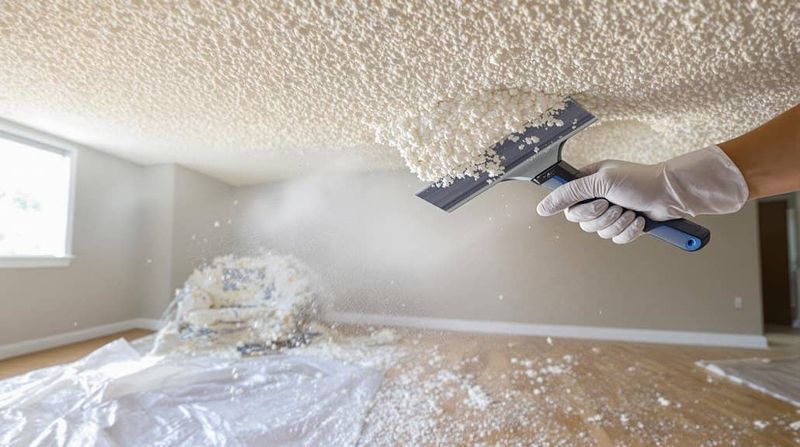
Installing popcorn ceilings is like putting an expiration date on your renovation. These textured nightmares collect dust, are difficult to clean, and immediately make your home look dated.
Worse yet, popcorn ceilings installed before the 1980s may contain asbestos, creating health hazards and removal challenges. Modern buyers universally dislike them and often factor ceiling replacement into their offers.
Choose smooth ceilings or subtle textures that won’t trap dust and spider webs.
12. Eliminating Closet Space
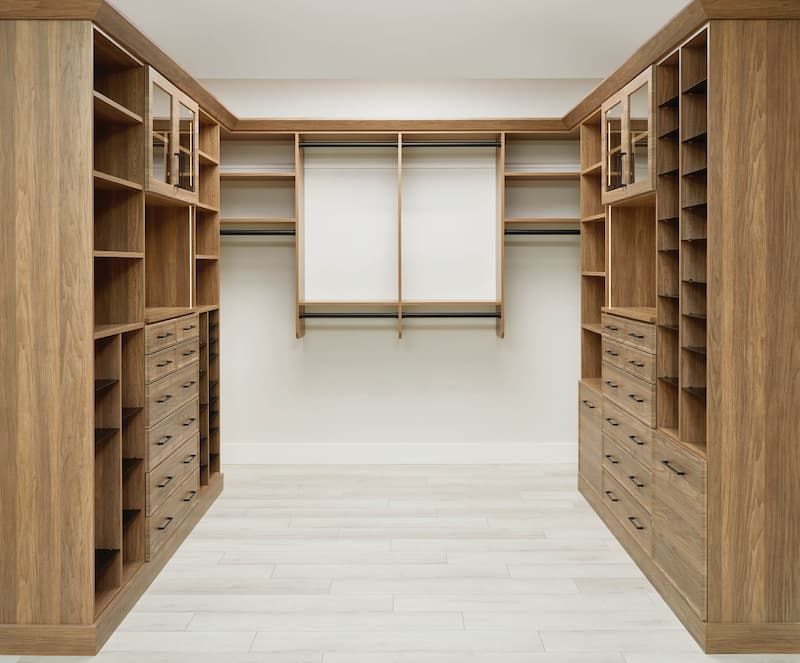
Sacrificing closet space for larger rooms or bathroom expansions seems smart until you realize where all your stuff will go. Storage is consistently among the top priorities for home buyers.
Homes without adequate closets force residents to add freestanding storage furniture, which often makes rooms feel smaller than they would with proper built-in closets. The frustration of insufficient storage space grows daily.
Instead of removing closets, consider reorganizing existing ones with efficient systems to maximize their utility.
13. Cheap Laminate Flooring
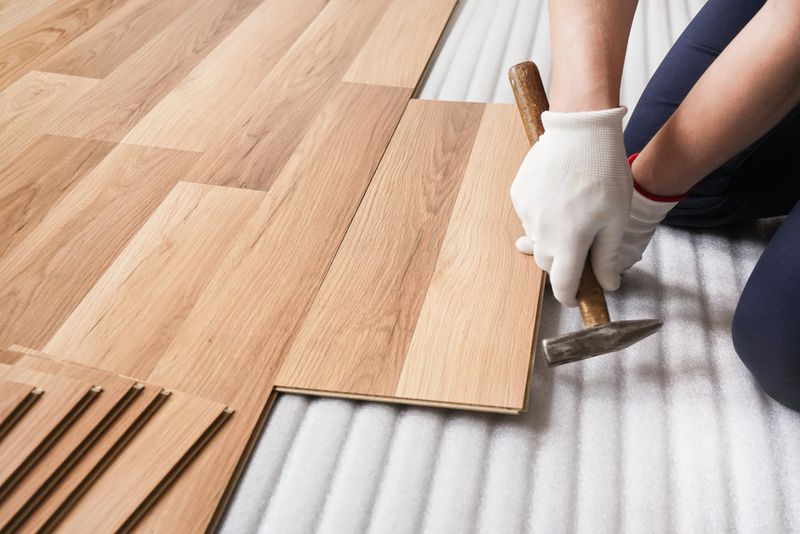
Thinking of going the cheap route on flooring? You might want to tread carefully.
Budget laminate may save you a few bucks now, but it often bubbles, warps, and scratches faster than you can say “renovation regret.” Unlike hardwood, you can’t sand out the damage, once it flakes, it’s a full-floor do-over.
Invest in mid-range luxury vinyl plank or engineered hardwood instead. Your feet, and your future self, will thank you for not cutting corners where you walk all over them.
14. Bright Colored Bathroom Fixtures
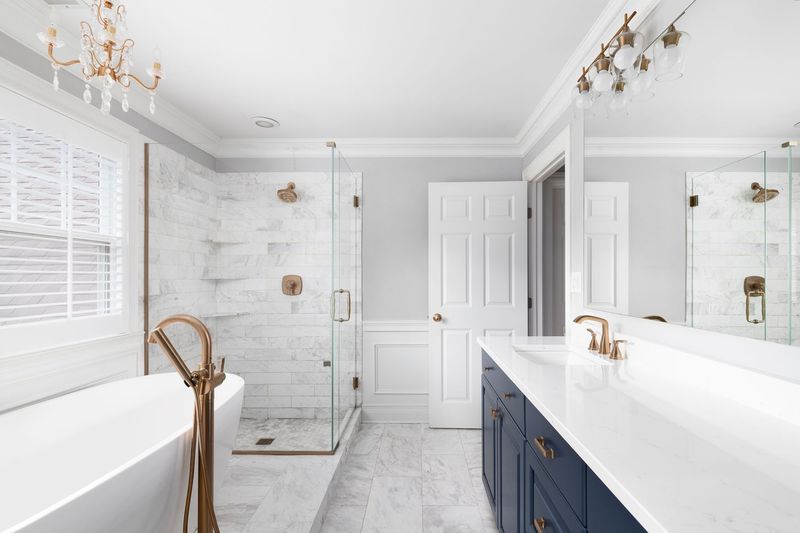
Colorful toilets, tubs, and sinks might seem characterful, but they’re expensive mistakes. Remember the avocado green and harvest gold bathrooms of the 1970s? They quickly became renovation priorities for new homeowners.
Replacing colored fixtures is much more involved than simply swapping out faucets or hardware. Often, surrounding tile and flooring must be replaced as well, multiplying the cost.
Stick with white or neutral fixtures and express your color preferences through easily changeable elements like towels and accessories.
15. Overly Personalized Kids’ Rooms
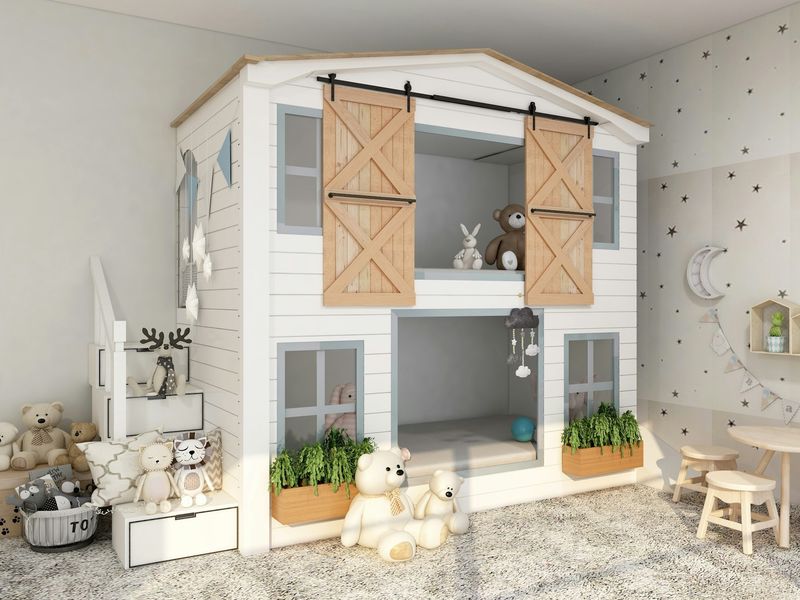
Built-in themed elements like castle walls, princess towers, or sports-team colored built-ins might delight your children now but become renovation headaches later. Children’s interests change rapidly as they grow.
These highly customized spaces require significant work to neutralize when selling your home. Most buyers want to envision their own family in the space, not yours.
Use removable décor, themed bedding, and wall art instead of permanent structural elements to create magical spaces that can evolve.
16. Removing Upper Kitchen Cabinets

Removing upper cabinets for an open, airy look sacrifices valuable storage that most households need. Those Pinterest-perfect kitchens with just a few open shelves rarely reflect the reality of family cooking and storage needs.
Without adequate cabinet space, countertops become cluttered with appliances and essentials that have nowhere else to go. The minimalist aesthetic quickly disappears under the reality of daily life.
Consider glass-front cabinets or a few strategic open shelves instead of eliminating upper storage entirely.
17. Cheaply Converting Attics Without Proper Insulation
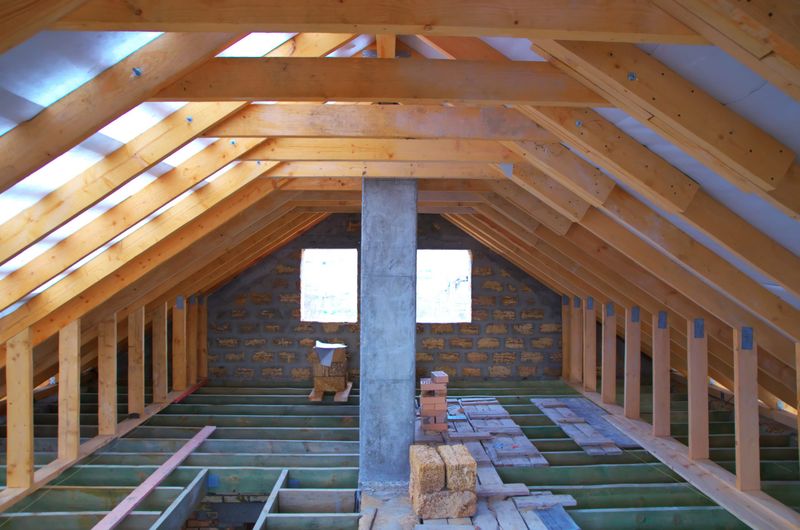
Turning attics into living spaces without addressing insulation, ventilation, and temperature control creates rooms that are unbearable in summer and freezing in winter. These uncomfortable spaces often go unused despite the significant conversion expense.
Proper attic conversions require substantial investment in insulation, HVAC extensions, and possibly structural reinforcement. Skimping on these essentials results in wasted square footage.
Budget for complete climate control or consider using the space for seasonal storage instead.
18. Elaborate Built-In Aquariums
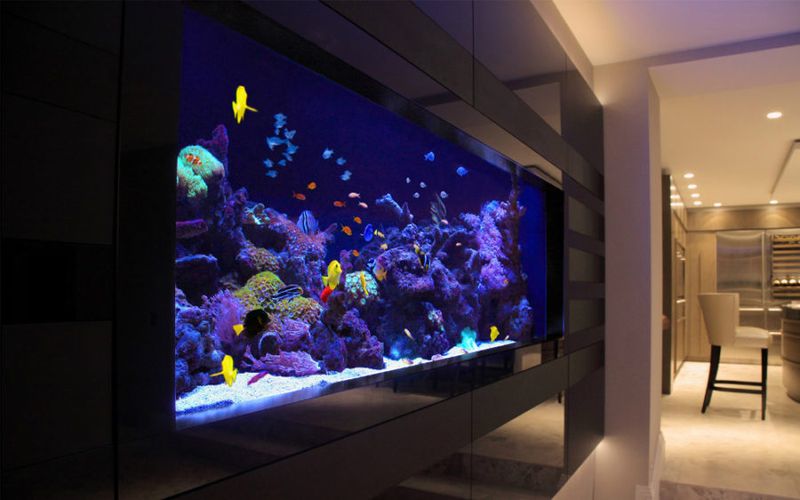
Dreaming of a wall-to-wall aquarium? Just make sure you’re not diving into deep trouble.
While built-in aquariums bring the wow-factor, they also bring a tidal wave of upkeep, and potential water damage. When the fish are gone and the filter fails, you’re left with a pricey hole in the wall (literally).
Instead, go with a freestanding aquarium. It’s just as eye-catching and far easier to relocate when you’re ready to scale back on the fish drama.
19. Covering Hardwood Floors With Carpet

Hiding beautiful hardwood floors under wall-to-wall carpeting is a renovation sin I see surprisingly often. Original hardwood is a selling point that adds significant value to homes.
Carpeting traps dust, allergens, and odors that hardwood doesn’t. When eventually removed, the tack strips and adhesives used for carpet installation may have damaged the wood underneath.
If you want softness underfoot, use area rugs that protect the wood while showcasing its beauty around the edges.
20. Turning A Bedroom Into Something Else
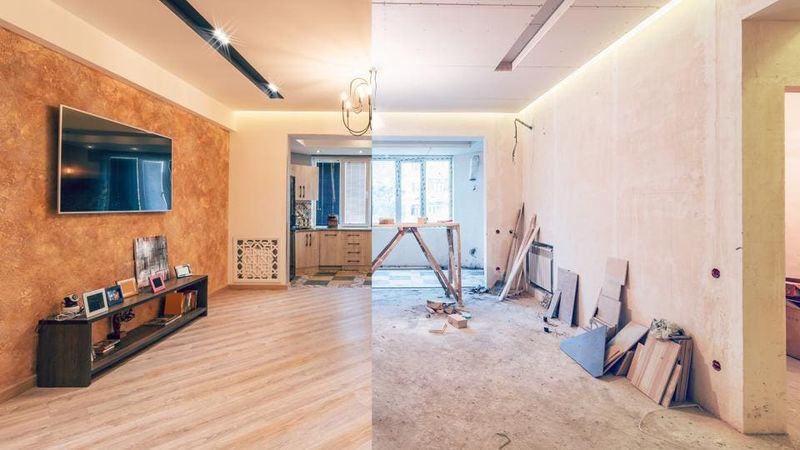
Converting a bedroom into a specialized space like a home gym or craft room can hurt your home’s marketability and value. The number of bedrooms is a key search criterion for homebuyers and directly impacts appraisals.
A three-bedroom home converted to a two-bedroom with a hobby room will almost always sell for less than a comparable three-bedroom. This renovation mistake often costs homeowners tens of thousands in reduced property value.
Create flexible spaces that can easily convert back to bedrooms when needed.
21. Faux Luxury Finishes That Look Cheap
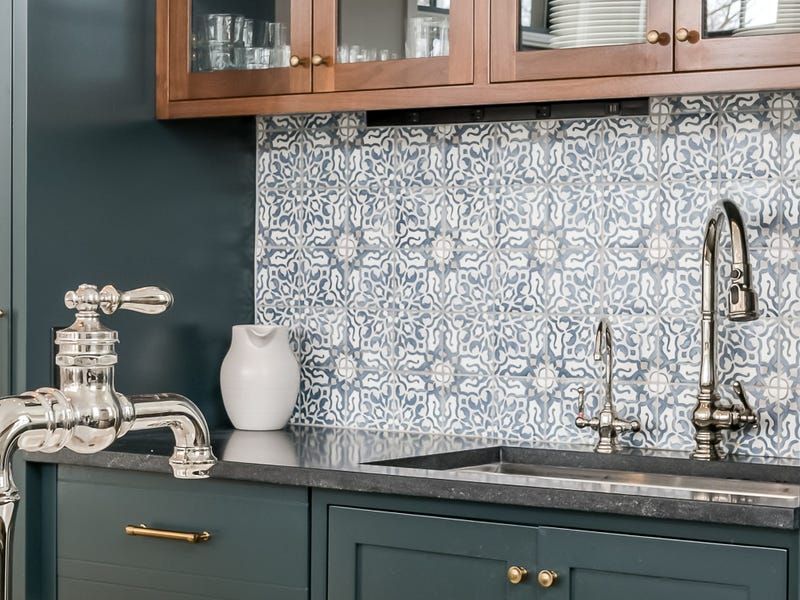
Imitation luxury finishes like peel-and-stick marble countertops or faux stone veneer often look obviously fake and deteriorate quickly. These shortcuts can actually make your home look less expensive than if you’d chosen honest, quality materials within your budget.
Authentic mid-range materials almost always look better than pretending to have high-end finishes. Simple butcher block counters, for instance, look far better than marble-look laminate.
Embrace affordable materials used well rather than unconvincing luxury imitations.
22. Overly Complex Smart Home Systems
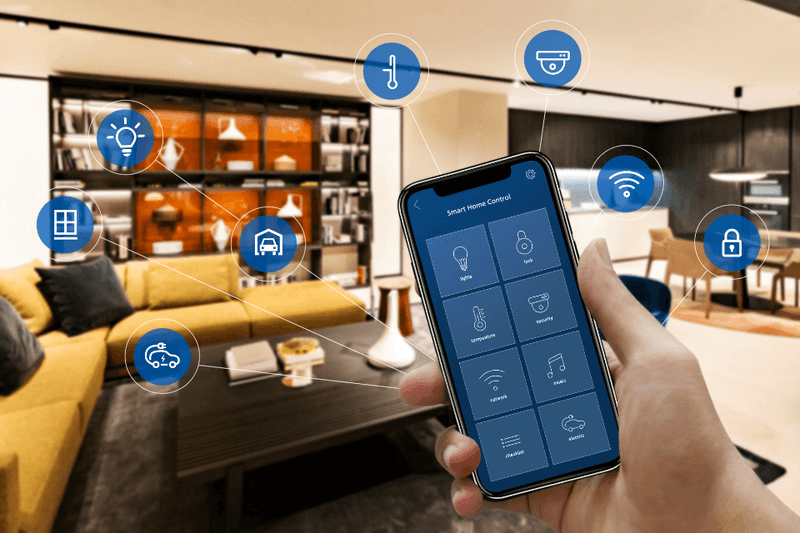
Proprietary, complex smart home systems often become obsolete quickly and can frustrate future homeowners unfamiliar with your particular setup. Technology evolves rapidly, leaving yesterday’s cutting-edge systems outdated and potentially unsupported.
Many buyers are intimidated by overly complicated home automation and may view it as a liability rather than an asset. Compatibility issues between different brands and generations of smart devices create additional headaches.
You should rather stick with simple, standardized smart home elements that don’t require engineering degrees to operate.


